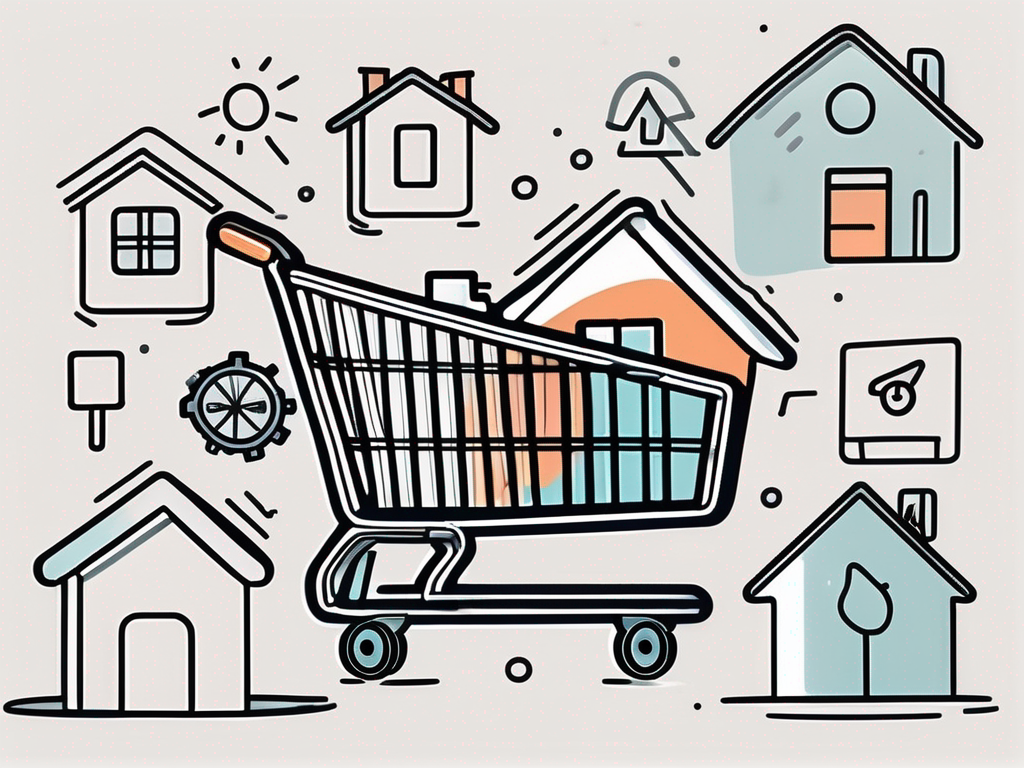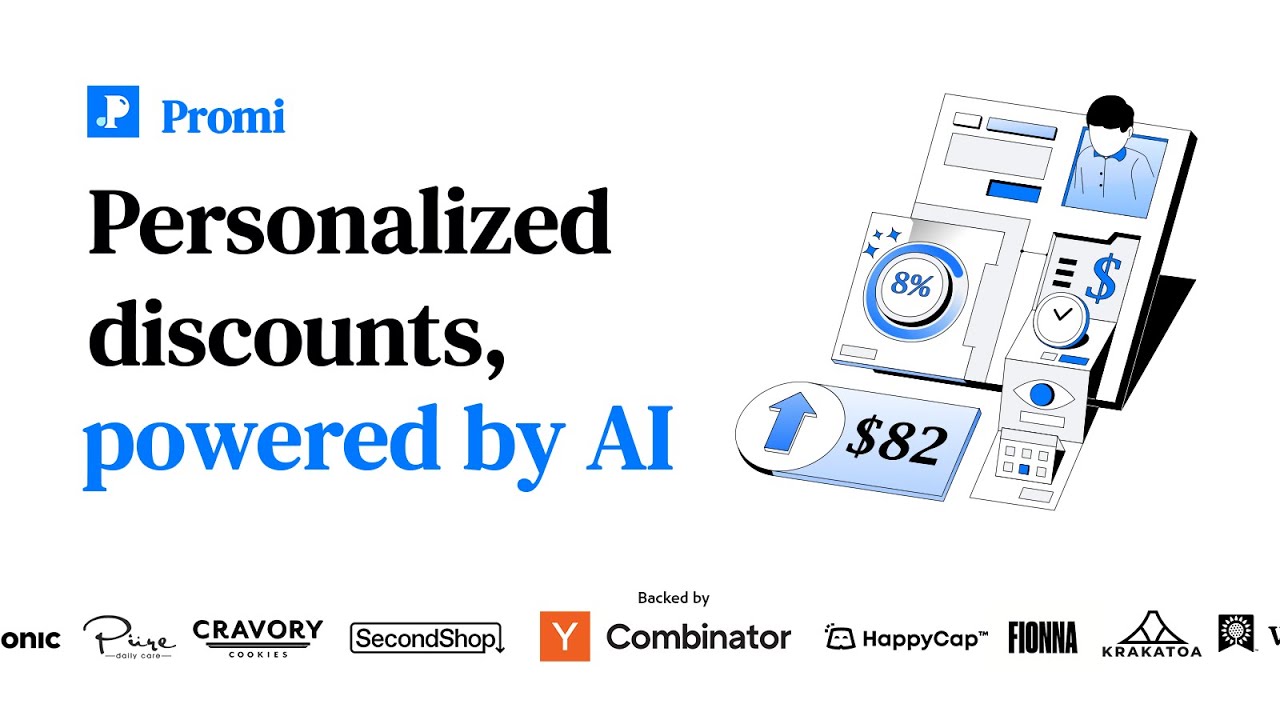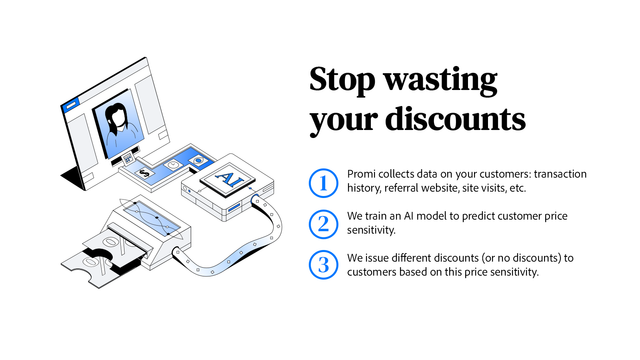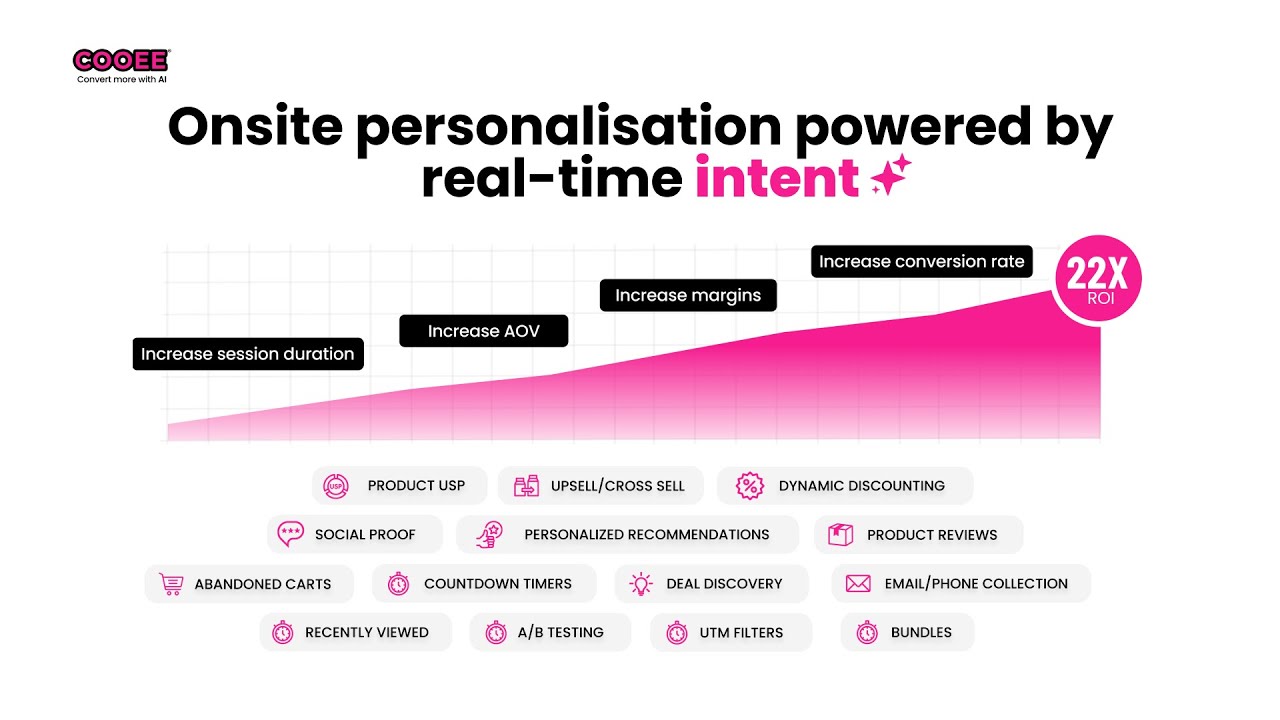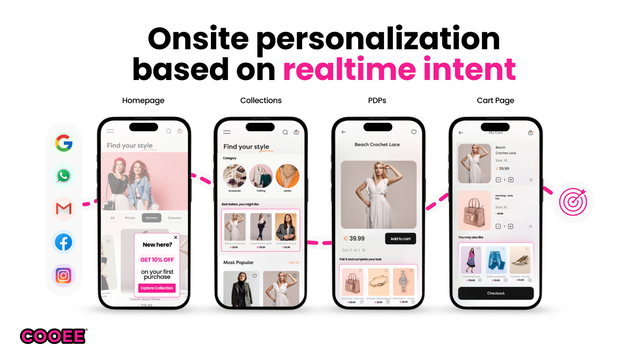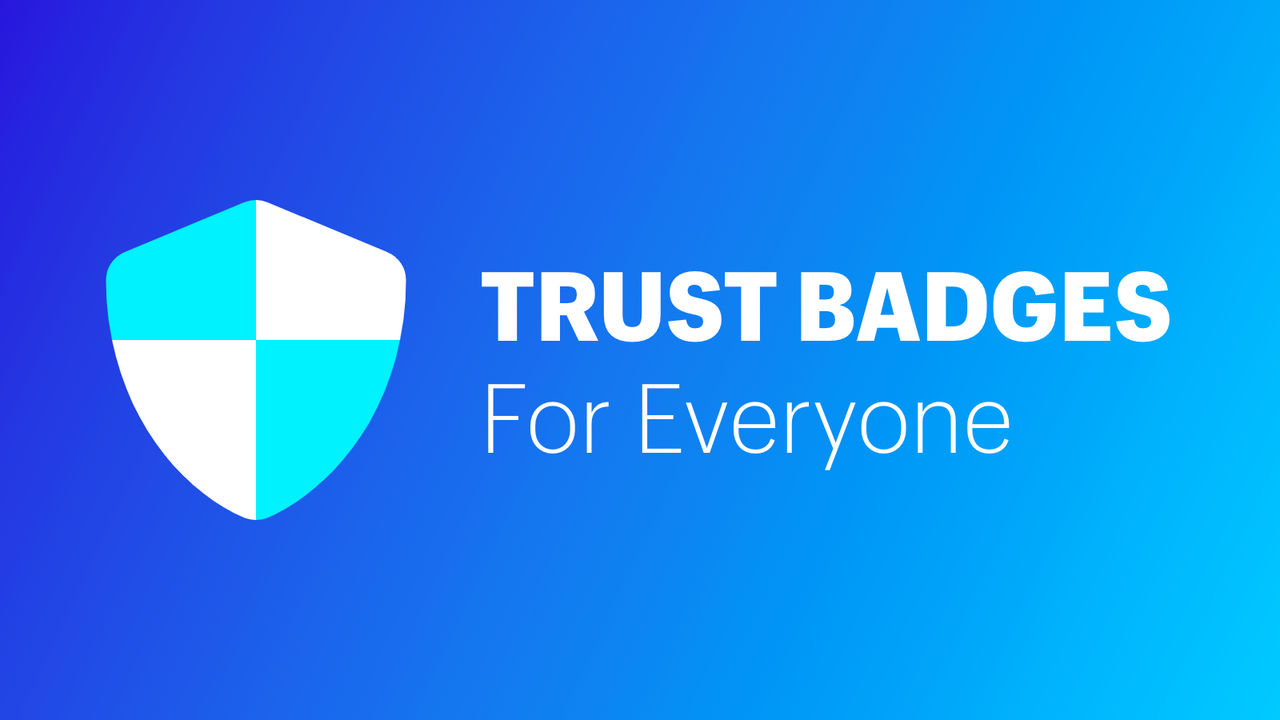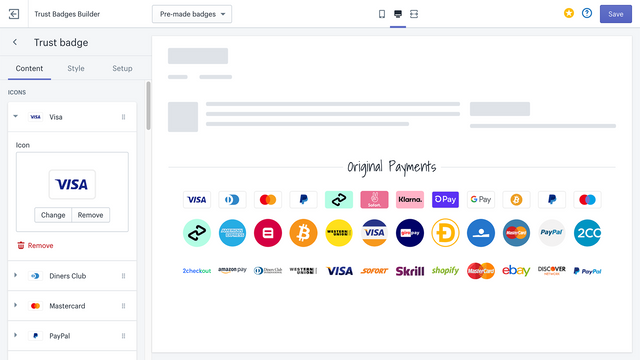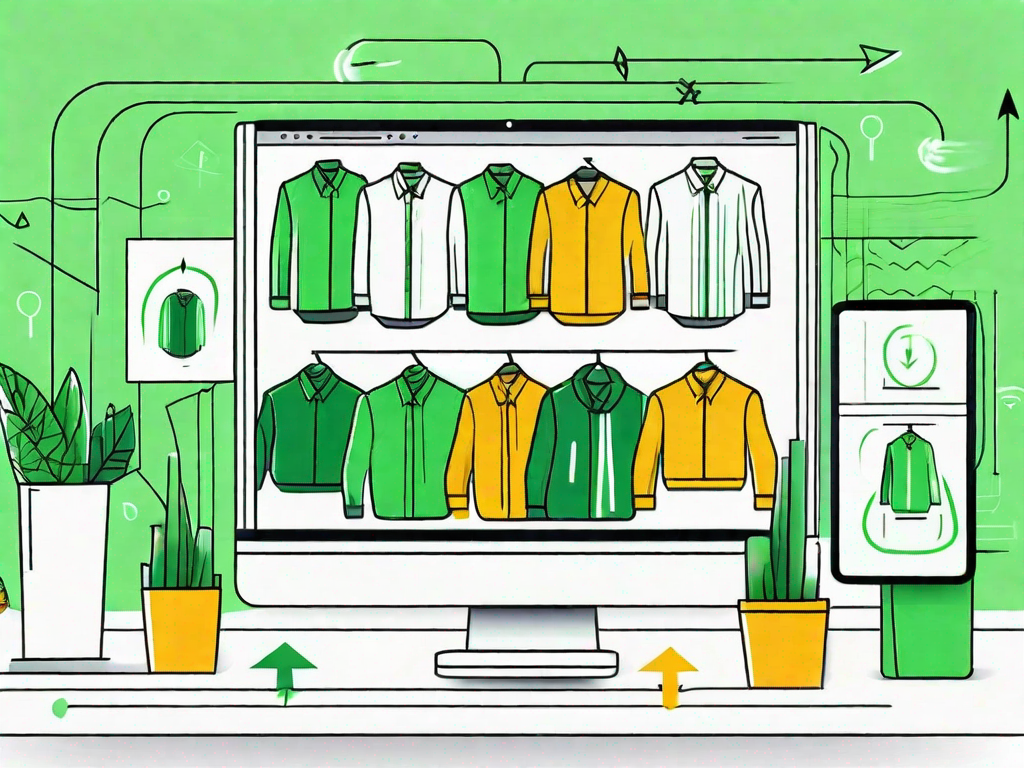In today's highly competitive business landscape, customer retention has become an essential element for the success and growth of any company. Understanding the importance of customer retention and implementing effective strategies is crucial for keeping customers coming back. This article will explore the impact of customer retention on business growth, the profitability of customer retention compared to customer acquisition, key elements of a successful customer retention strategy, leveraging technology for customer retention, measuring the success of customer retention strategies, and overcoming challenges in customer retention.
Understanding the Importance of Customer Retention
Customer retention is the ability of a company to retain its existing customers over a period of time. It is a measure of customer loyalty and satisfaction. Customer retention has a significant impact on business growth and should be a top priority for every business. Research has shown that increasing customer retention rates by just 5% can increase profits by 25% to 95%. Moreover, loyal customers become brand advocates and help in attracting new customers through positive word-of-mouth referrals.
The Impact of Customer Retention on Business Growth
A strong customer retention strategy directly contributes to business growth. By retaining existing customers, businesses can generate a predictable stream of revenue. Loyal customers are more likely to make repeat purchases and spend more money with the company over time. Additionally, keeping existing customers reduces the need for costly customer acquisition efforts, as retaining a customer is more cost-effective than acquiring a new one.
Why Customer Retention is More Profitable than Acquisition
Customer retention is not only important for business growth but also more profitable than customer acquisition. Acquiring new customers typically incurs higher costs in terms of marketing, advertising, and sales efforts. On the other hand, retaining existing customers requires comparatively lower investments, as the relationship is already established. Additionally, loyal customers tend to spend more, refer new customers, and have a higher lifetime value, making them highly profitable for the business.
Let's delve deeper into the reasons why customer retention is more profitable than customer acquisition. When a business focuses on retaining its existing customers, it can tap into the power of customer loyalty. Loyal customers have already experienced the value and quality of the products or services offered by the company, which makes them more likely to continue their relationship with the brand. This loyalty translates into repeat purchases, leading to a steady revenue stream.
Moreover, loyal customers become advocates for the brand. They share their positive experiences with friends, family, and colleagues, which in turn attracts new customers. This word-of-mouth marketing is highly effective and cost-efficient, as it relies on the credibility and trust built by loyal customers. By investing in customer retention, businesses can harness the power of these brand advocates and benefit from the organic growth they bring.
Another advantage of customer retention is the increased customer lifetime value. Loyal customers tend to spend more money with the company over time. They are more likely to explore additional products or services offered by the brand and make repeat purchases. This not only boosts revenue but also enhances the overall profitability of the business. Additionally, loyal customers are less price-sensitive and more willing to pay a premium for the value they receive, further contributing to the company's bottom line.
Furthermore, customer retention is a cost-effective strategy compared to customer acquisition. Acquiring new customers involves various expenses such as marketing campaigns, advertising efforts, and sales activities. On the other hand, retaining existing customers requires less investment as the relationship is already established. By focusing on customer retention, businesses can allocate their resources more efficiently and optimize their return on investment.
In conclusion, customer retention plays a vital role in business growth and profitability. By prioritizing customer satisfaction and loyalty, companies can generate a predictable revenue stream, benefit from positive word-of-mouth referrals, and increase customer lifetime value. Moreover, customer retention is a cost-effective strategy that allows businesses to optimize their resources and maximize profitability. Therefore, investing in customer retention should be a key focus for businesses aiming to thrive in today's competitive market.
Key Elements of a Successful Customer Retention Strategy
A successful customer retention strategy consists of several key elements that collectively work towards building strong customer relationships and encouraging customer loyalty.
Building Strong Customer Relationships
Building strong customer relationships is the foundation of a successful customer retention strategy. This involves understanding customer needs and preferences, offering personalized experiences, and consistently delivering value. Regular communication and engagement with customers, such as sending personalized emails or conducting customer surveys, help in building deeper connections.
Furthermore, creating a seamless omnichannel experience for customers can significantly enhance relationship-building efforts. By ensuring that customers have a consistent experience across all touchpoints, whether online, in-store, or via mobile, businesses can strengthen their bond with customers and foster long-term loyalty.
Offering Exceptional Customer Service
Exceptional customer service is a crucial element in retaining customers. Providing prompt and effective responses to customer queries and concerns, resolving issues in a timely manner, and going above and beyond to exceed customer expectations can create a positive impact on customer satisfaction and loyalty.
In addition to reactive customer service, proactive customer service can also play a vital role in customer retention. Anticipating customer needs, reaching out with proactive solutions, and demonstrating genuine care for customers can set businesses apart and build lasting relationships based on trust and mutual respect.
Implementing a Reward System
A reward system helps in incentivizing customer loyalty. By offering rewards, discounts, or exclusive access to special offers, businesses can motivate customers to continue their relationship. Loyalty programs, tiered rewards, and referral programs are effective ways to implement a reward system.
Moreover, personalizing the reward system based on individual customer preferences and behaviors can further enhance its effectiveness. By analyzing customer data and tailoring rewards to align with each customer's interests and purchasing patterns, businesses can create a sense of exclusivity and appreciation, leading to increased customer retention and advocacy.
Leveraging Technology for Customer Retention
In today's digital age, technology plays a vital role in customer retention. Utilizing customer relationship management (CRM) tools enables businesses to gather and analyze customer data, track customer interactions, and create personalized experiences. Additionally, email marketing is a powerful tool for nurturing customer relationships and keeping customers engaged.
When it comes to leveraging technology for customer retention, businesses can also explore the use of artificial intelligence (AI) and machine learning. These technologies can help businesses predict customer behavior, personalize recommendations, and automate customer interactions. By analyzing vast amounts of data, AI can identify patterns and trends that can be used to enhance customer experiences and drive loyalty.
Utilizing CRM Tools for Customer Retention
CRM tools provide businesses with a centralized platform for storing customer information, tracking purchase history, and managing customer interactions. By utilizing CRM tools, businesses can gain valuable insights into customer behavior and preferences. This information can then be used to personalize marketing campaigns, target specific customer segments, and improve overall customer satisfaction.
Furthermore, CRM tools can also facilitate seamless communication between different departments within a company, ensuring that all customer touchpoints are coordinated and consistent. This integrated approach helps businesses provide a unified and personalized experience for customers, ultimately leading to higher retention rates and increased customer loyalty.
The Role of Email Marketing in Customer Retention
Email marketing is an effective tool for engaging and retaining customers. By sending personalized and targeted emails, businesses can nurture customer relationships, provide relevant information and offers, and stay at the forefront of customers' minds. Automated email sequences can be set up to deliver timely messages, such as welcome emails, order confirmations, and personalized recommendations based on customer preferences.
In addition to personalized emails, businesses can also leverage email marketing to gather feedback from customers, conduct surveys, and provide valuable content that educates and entertains. By building a strong email marketing strategy that focuses on building relationships rather than just selling products, businesses can create a loyal customer base that keeps coming back for more.
Measuring the Success of Your Customer Retention Strategies
Measuring the success of customer retention strategies is essential to identify areas of improvement and make data-driven decisions. Key metrics provide insights into the effectiveness of the strategies implemented.
Key Metrics for Evaluating Customer Retention
Metrics such as customer retention rate, churn rate, customer lifetime value, and repeat purchase rate help in evaluating the success of customer retention strategies. These metrics provide an understanding of customer loyalty, the rate at which customers are leaving, the value derived from loyal customers, and the frequency of repeat purchases.
Adjusting Your Strategies Based on Customer Feedback
Customer feedback is a valuable resource for improving customer retention strategies. By actively collecting and analyzing feedback, businesses can identify areas of improvement, address customer concerns, and make necessary adjustments to their strategies.
Overcoming Challenges in Customer Retention
Customer retention comes with its own set of challenges. Understanding these challenges and having strategies in place to address them is crucial for success.
Dealing with Customer Churn
Customer churn refers to the rate at which customers stop doing business with a company. It is essential to analyze the reasons behind customer churn and implement strategies to reduce it. This may involve improving product quality, addressing customer complaints, providing better customer service, or offering incentives to retain customers.
Addressing Customer Complaints Effectively
Customer complaints are inevitable, but how a business addresses them can make all the difference in customer retention. Promptly acknowledging customer complaints, investigating the root causes, offering appropriate solutions, and following up to ensure customer satisfaction are key in retaining customers.
In conclusion, effective customer retention strategies are essential for businesses to keep customers coming back. By understanding the importance of customer retention, implementing key elements of a successful customer retention strategy, leveraging technology, measuring success through key metrics, and overcoming challenges, businesses can foster loyalty and ensure long-term customer relationships. With a focus on customer retention, businesses can drive growth, increase profitability, and maintain a competitive edge in the market.
Ready to elevate your Shopify store and keep customers returning for more? Let Owlfred, your wise companion from OwlMix, guide you to the perfect tools for your online business. With our extensive directory of innovative Shopify apps, you'll find everything you need to enhance customer retention and grow your brand. Find your next Shopify app today and start building stronger customer relationships with solutions tailored just for you. Join Owlfred and make your e-commerce experience unforgettable!


